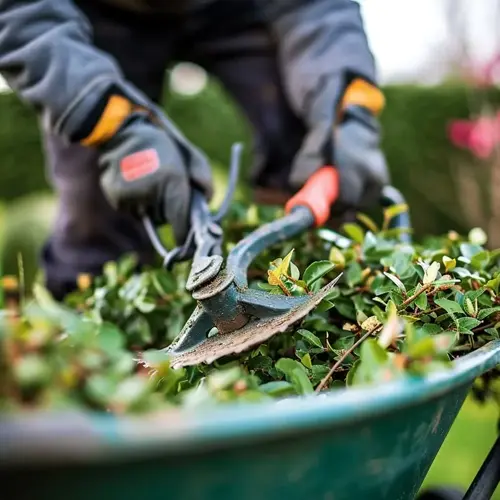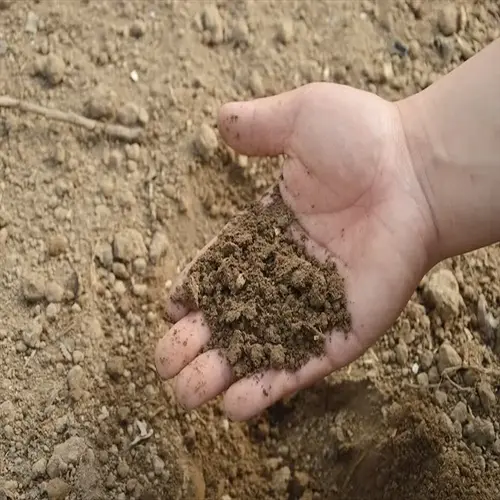Should tomato leaves touch the ground?

Written by
Nguyen Minh
Reviewed by
Prof. Martin Thorne, Ph.D.It is critical to keep tomato leaves elevated off the ground to avoid diseases and promote healthy growing conditions. When foliage comes into contact with soil, it can spread certain pathogenic fungal diseases, such as early blight. I learned this the hard way after losing some plants to soil-borne pathogens. Properly managing leaves creates a drier environment that reduces the potential for disease.
Remove lower leaves frequently for clearance above the soil surface. You can remove branches that are 6-8 inches from the ground with clean shears. It increases air circulation and lowers the humidity around the plants. Once plants reach 12 inches tall, you can start pruning. Continue to prune on a weekly basis throughout the growing season.
Disease Prevention
- Reduces fungal spore transmission from soil
- Prevents bacterial spot and septoria leaf spot
- Decreases humidity around plant bases
Pest Control
- Discourages slugs and snails from climbing
- Reduces habitat for soil dwelling insects
- Makes plants less accessible to cutworms
Growth Enhancement
- Improves sunlight penetration to lower fruits
- Increases air circulation reducing mold risk
- Directs energy to fruit production not foliage
Use series barriers under tomatoes correctly. Spread 3-4 inches of mulch, such as straw or wood chips, around the base of the plants. Maintain a 2-inch distance from stems to prevent rot. A mulch barrier helps keep soil from splashing up on your tomatoes during rain, and the barrier protects wet soil from the sun's heat. This maintains uniform moisture levels.
Stake plants early on to promote vertical support. When transplanting your seedlings, ensure that you push the stake 6 inches into the ground to support the plant. Use soft fabric to tie your stem for support as the plant grows, allowing it to grow loosely. Change the ties weekly to avoid girdling. Maintaining the foliage throughout the entire season.
After pruning your plants, watch for signs of stress. Water well, don't wet the leaves. Use a balanced fertilizer to help your plants recover and grow. Healthy plants recover from pruning quickly. Your tomatoes will produce more disease-free fruit.
Read the full article: Best Tomato Companion Plants

